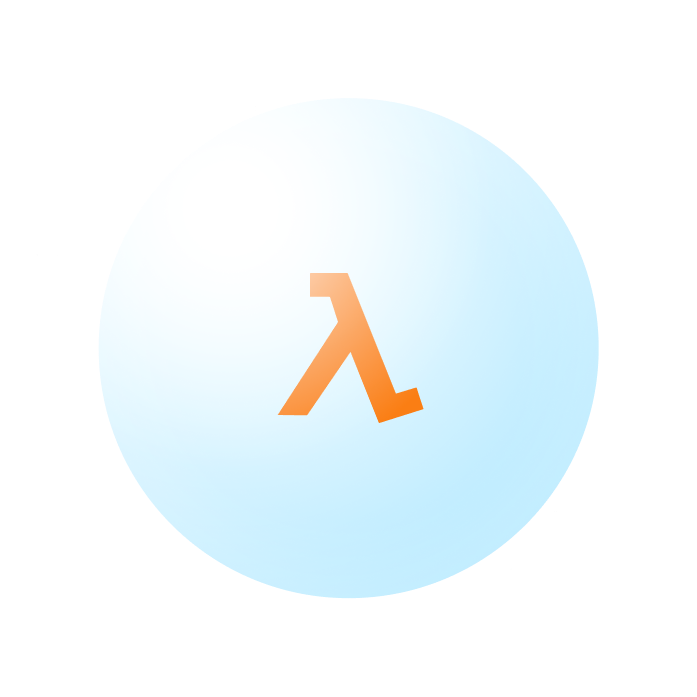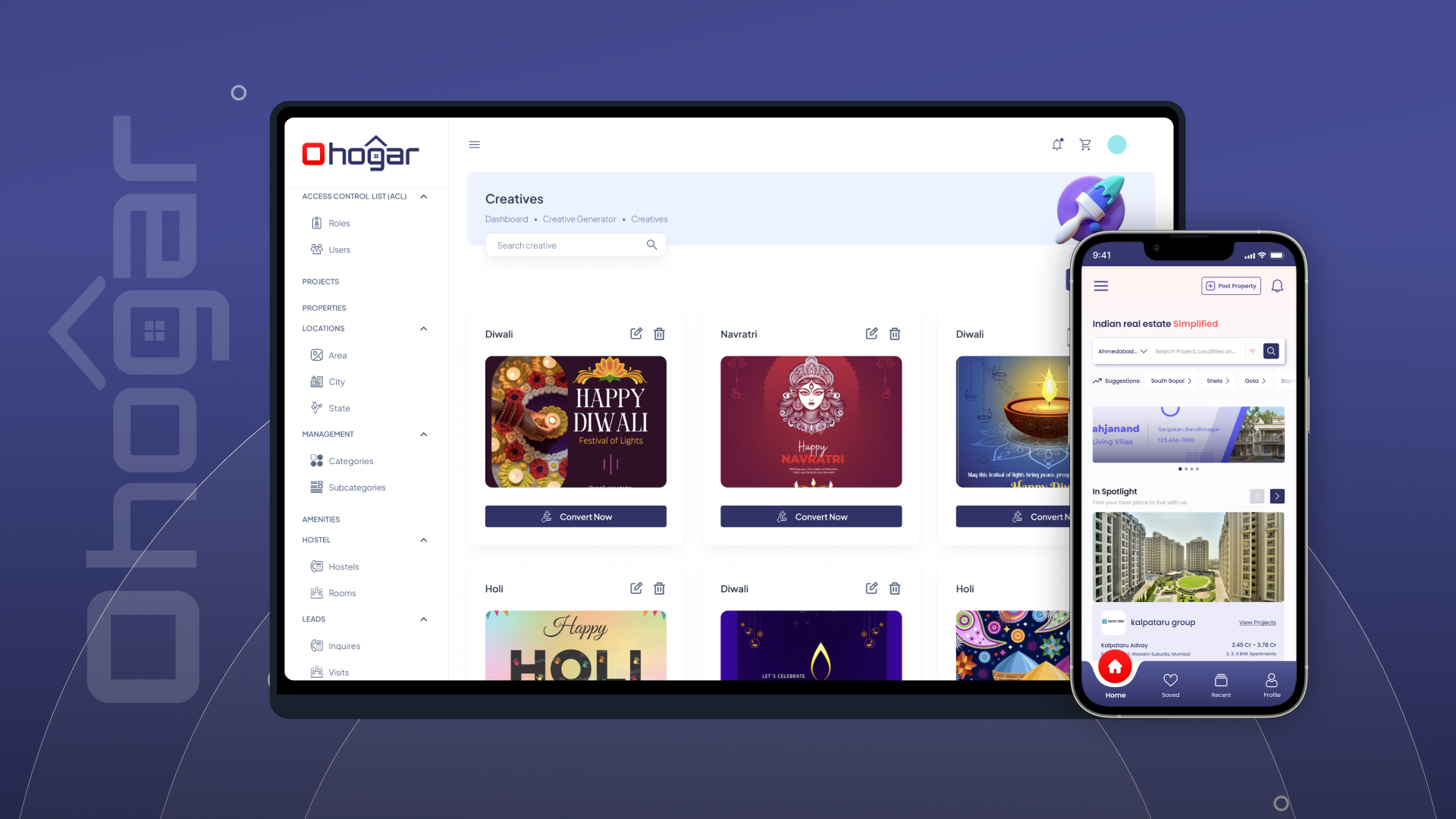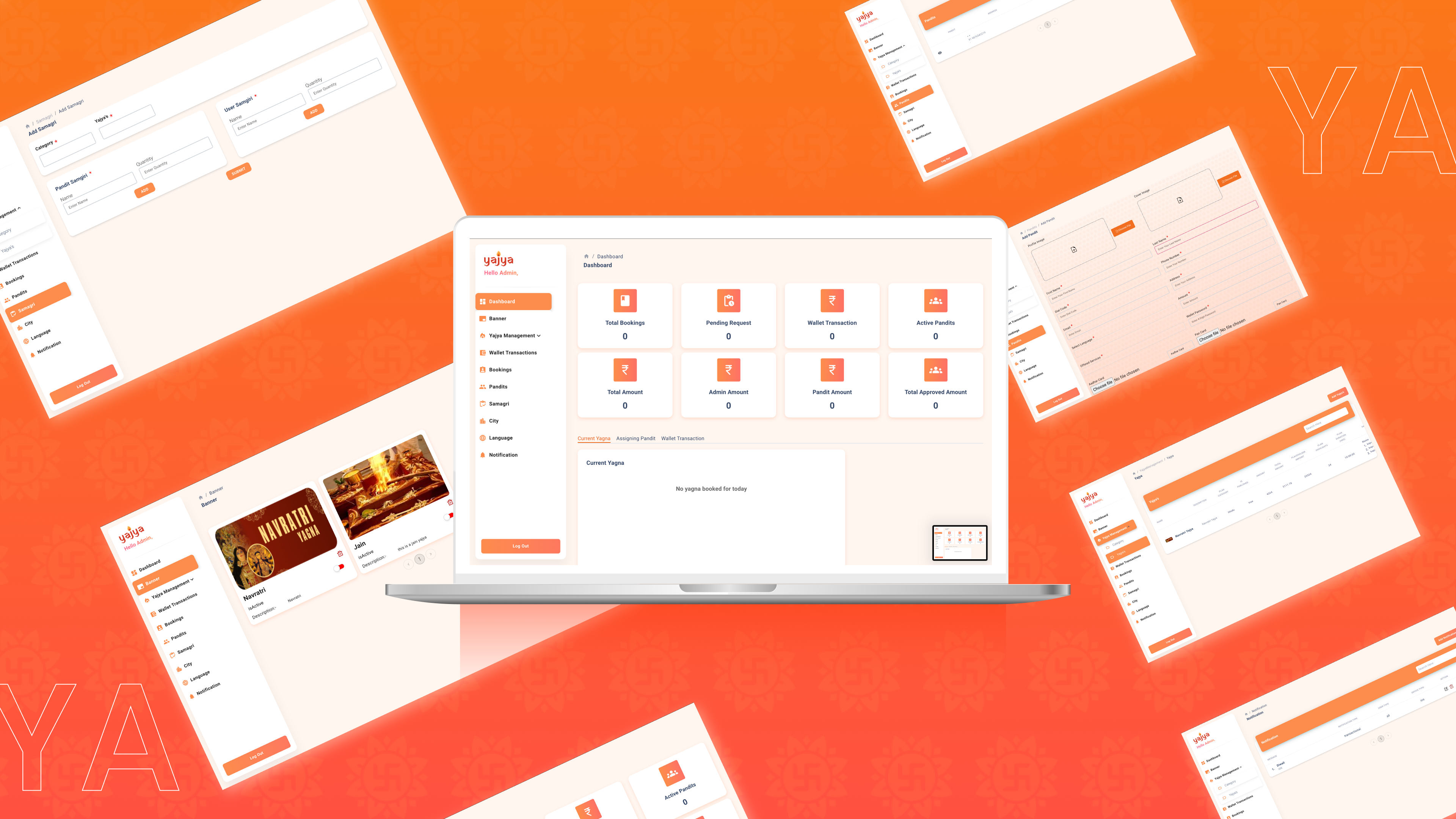
We ensure a seamless Jira deployment, configuring it to align with your business processes for optimal workflow management.
Enhance efficiency with tailored automation rules, reducing manual work and ensuring smooth task transitions.
Leverage Jira’s Agile and Scrum tools for sprint planning, backlog management, and real-time progress tracking.
Integrate Jira with essential tools like Confluence, Bitbucket, Slack, and third-party applications to create a connected ecosystem.
Gain valuable insights with customizable dashboards and reports to track team performance and project progress.
Secure your projects with customizable permissions, ensuring data privacy and access control based on user roles.
Seamlessly integrate our top-tier developers into your workflow.
Boost your team’s capabilities without the overhead of full-time hires.
Access on-demand expertise whenever you need it.






















AWS Lambda is a serverless computing service that allows you to run code in response to events without provisioning or managing servers. You pay only for the compute time your code consumes.
AWS Lambda executes your code in response to events such as changes in data or system state. You upload your code as a Lambda function, and Lambda automatically manages the compute resources required to run it.
AWS Lambda supports several programming languages including Node.js, Python, Ruby, Java, Go, .NET Core, and custom runtimes for other languages.
Lambda functions are the code snippets you write and upload to AWS Lambda. Functions are triggered by events, such as changes in data, HTTP requests, or scheduled tasks.
Lambda pricing is based on the number of requests and the duration of code execution. You pay for the compute time your code uses, measured in milliseconds, and for the number of times your function is invoked.
A Lambda trigger is an event source that invokes a Lambda function. Triggers can include AWS services like S3, DynamoDB, Kinesis, SNS, and more, as well as HTTP requests through API Gateway.
AWS Lambda automatically scales by running code in parallel as needed. It manages the compute capacity based on the number of incoming requests and the requirements of the function.
Lambda Layers are a distribution mechanism for libraries, custom runtimes, and other dependencies. Layers allow you to manage and share common code or data across multiple Lambda functions.
Lambda integrates with many AWS services such as S3 for file processing, DynamoDB for database interactions, and CloudWatch for monitoring and logging. It also supports integration with third-party services via API Gateway.
Lambda Edge allows you to run Lambda functions at AWS edge locations in response to CloudFront requests. It enables custom content delivery and processing closer to end users for improved performance.
B-805 & 806 Titanium Heights, Ahmedabad-380015
+91 8347223366
499 Katherine Road, E78 DR London, United Kingdom
+44 7442 154609
255 Amelia Street, Westminster WA, Perth
+61 435 446 267
389 Baseline Road - West, London, Ontario N6J 1W7
+1 (226) 219 - 6860
All copy right reserved 2025 @CodnestX